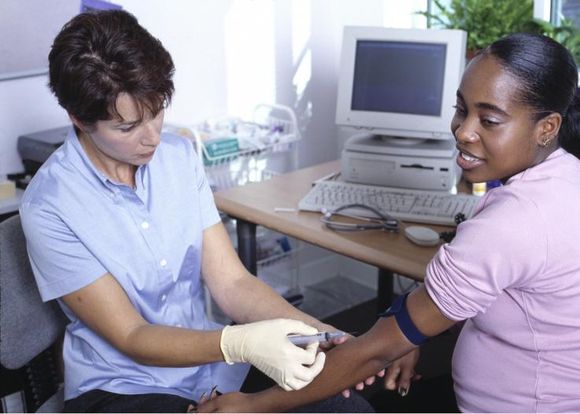27 weeks and 4 days pregnant

This baby’s back is turned and she’s facing away from the ultrasound scanner. The skin is much less transparent than before as your baby is constantly laying down fat stores beneath it. This fat accounts, in part, for much of your baby’s weight gain from now on.
Your baby is growing eyebrows and eyelashes – and hair on her head – and making good use of all the space in your uterus.
Your baby’s eyes are now open, and both the eyebrows and the eyelashes have grown. The hair on your baby’s head continues to get longer.
It’s quite likely that your baby is making use of all the space available and may well be in a breech position (bottom down), at least some of the time. This is the case in a third of pregnancies at this stage but your baby’s position is unlikely to stablize until after 36 or 37 weeks.
Because the shape of your uterus naturally favours a head-down position, only 3 to 4 per cent of babies remain in the breech position after 37 weeks. It may be quite difficult for you (and your midwife) to tell the position of your baby at this stage. For example, just because the feet kick you in one particular place doesn’t tell you much about your baby’s position. She is very flexible and a scan might show that she is doubled up with her feet on her head.
Some time between 26 and 30 weeks your blood will be tested to check you aren’t anaemic. If you’re found to be anaemic you may be prescribed iron tablets. Because of an increase in the fluid content of your blood, your haemoglobin count is likely to fall later on in your pregnancy, so it’s worth addressing this now. Iron tablets can cause digestive problems, such as constipation or diarrhoea, so if this happens to you, ask if your prescription can be changed. The liquid medications available over the counter are kinder on the digestive system than tablets, so ask your doctor if one is suitable for you. The same blood sample will be used to re-check your blood group and rhesus status. As a result, you may be offered an anti-D injection at about 28 and 34 weeks, with another scheduled for after the birth, if your baby is rhesus positive.

You know you’ve got pelvic girdle pain – or PGP – when sneezing hurts, you’re waddling like an old woman, and turning over in bed is a major task. Formerly known as SPD, or symphysis pubis dysfunction, PGP affects one in five pregnant women. It’s caused by hormonal changes that change the way the pelvic joint functions and it can be extremely painful. Try the following if you have PGP:
-
Keep your legs together when getting in and out of bed or the car (place a plastic bag on the seat to help you swivel).
-
Sleep on your side with a pillow between your legs.
-
Wear comfortable shoes.
-
Avoid doing tasks that hurt, such as housework or pushing a supermarket trolley.
-
Relax in warm water.
-
Ask your doctor for a support belt or an elasticated tubular bandage to hug the lower pelvis.
-
Get some therapy: studies show that physiotherapy and acupuncture may help.
Be the first to support
Be the first to share
Comment (0)
Related Blogs & Vlogs
No related events found.
Loading more...